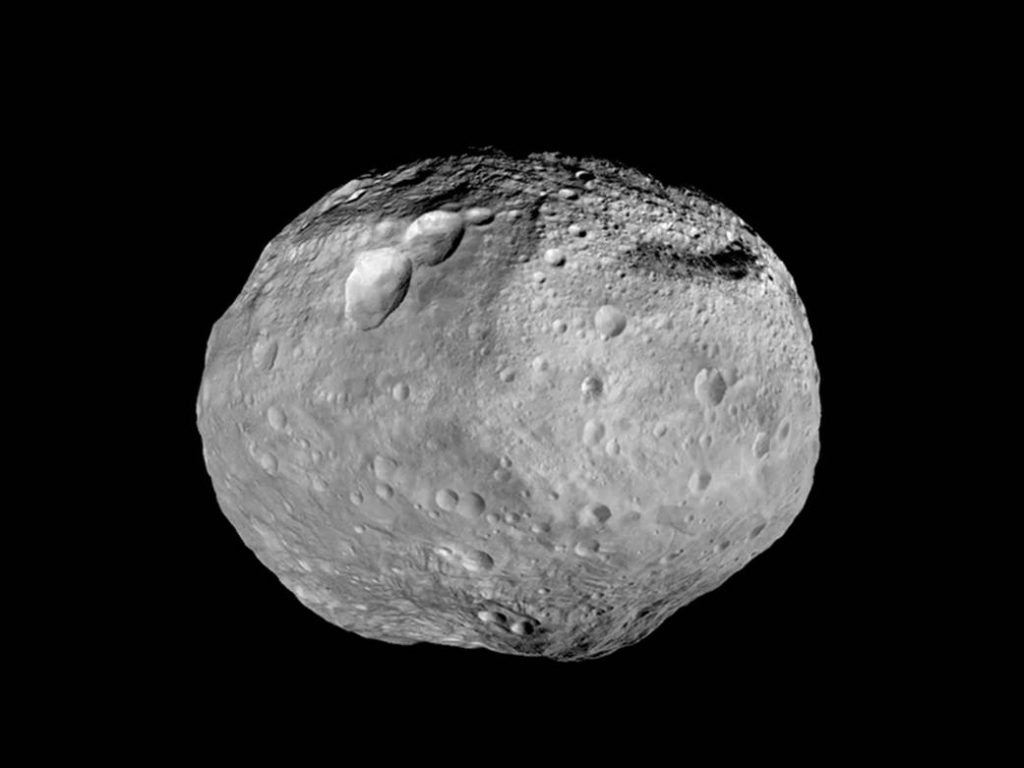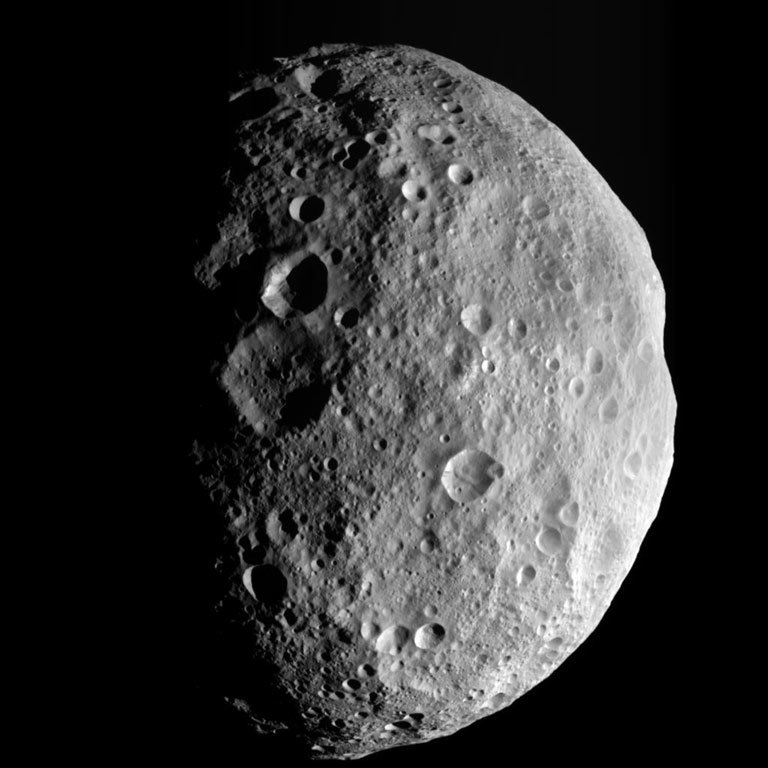Use this form to communicate with the Reservations Manager your desire to cancel an existing reservation.
User fees will be refunded pending Reservations Manager’s review and compliance with cancellation deadlines.
Use this form to communicate with the Reservations Manager your desire to cancel an existing reservation.
User fees will be refunded pending Reservations Manager’s review and compliance with cancellation deadlines.






Pallas moves 50 degrees south of the ecliptic in Canis Major at Magnitude 8.

Arizona Illustrated, a local PBS award winning program on Arizona events and sights of interest, did a segment on our Chiricahua Astronomy Complex (CAC) that aired January 22, 2023. It was recorded at our semi-annual Evening Under the Stars on October 29, 2022. The YouTube link to the segment is:
Jim Knoll
by Erich Karkoschka












Neptune is still observable during the first half of the night 6 degrees west of Jupiter.
By Erich Karkoschka







By Erich Karkoschka




Neptune is a binocular object 10 degrees to the west of Jupiter.




By Erich Karkoschka







